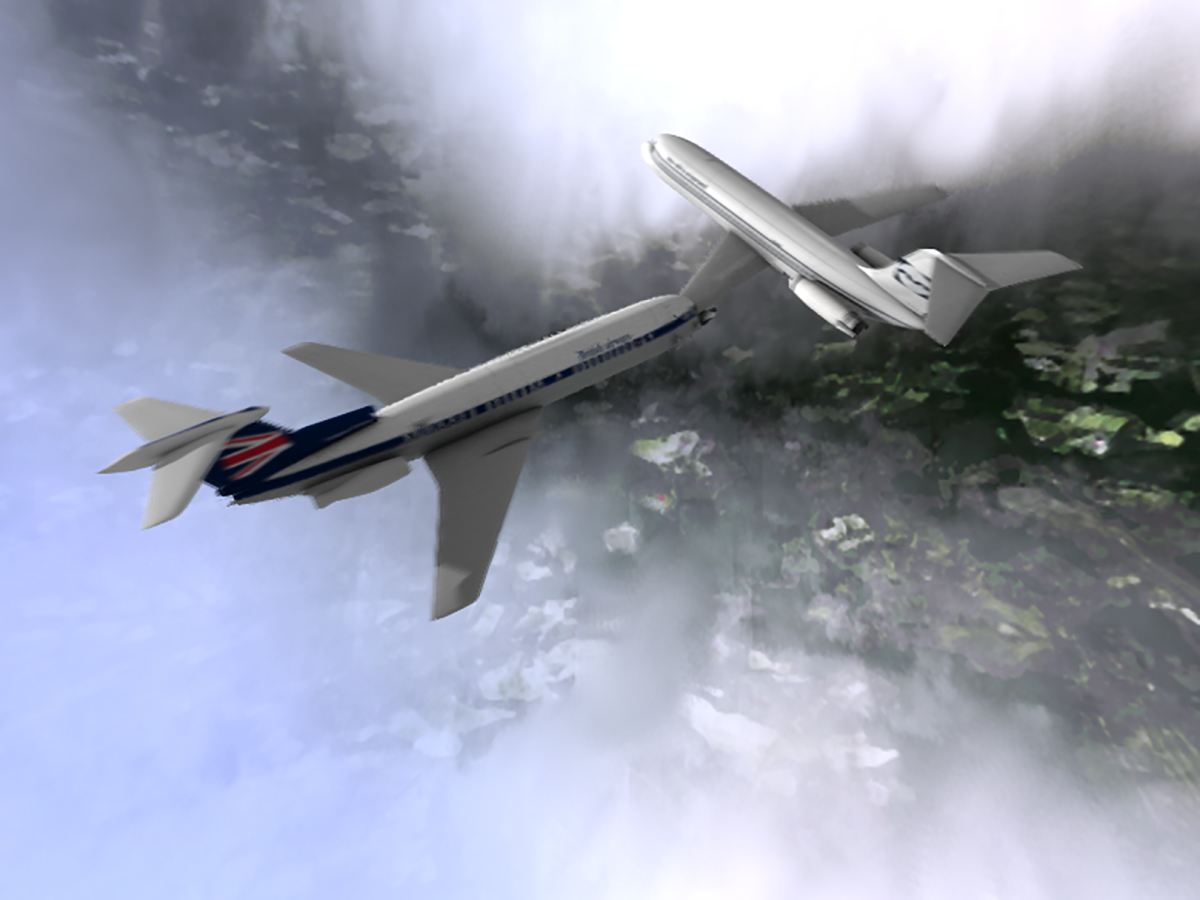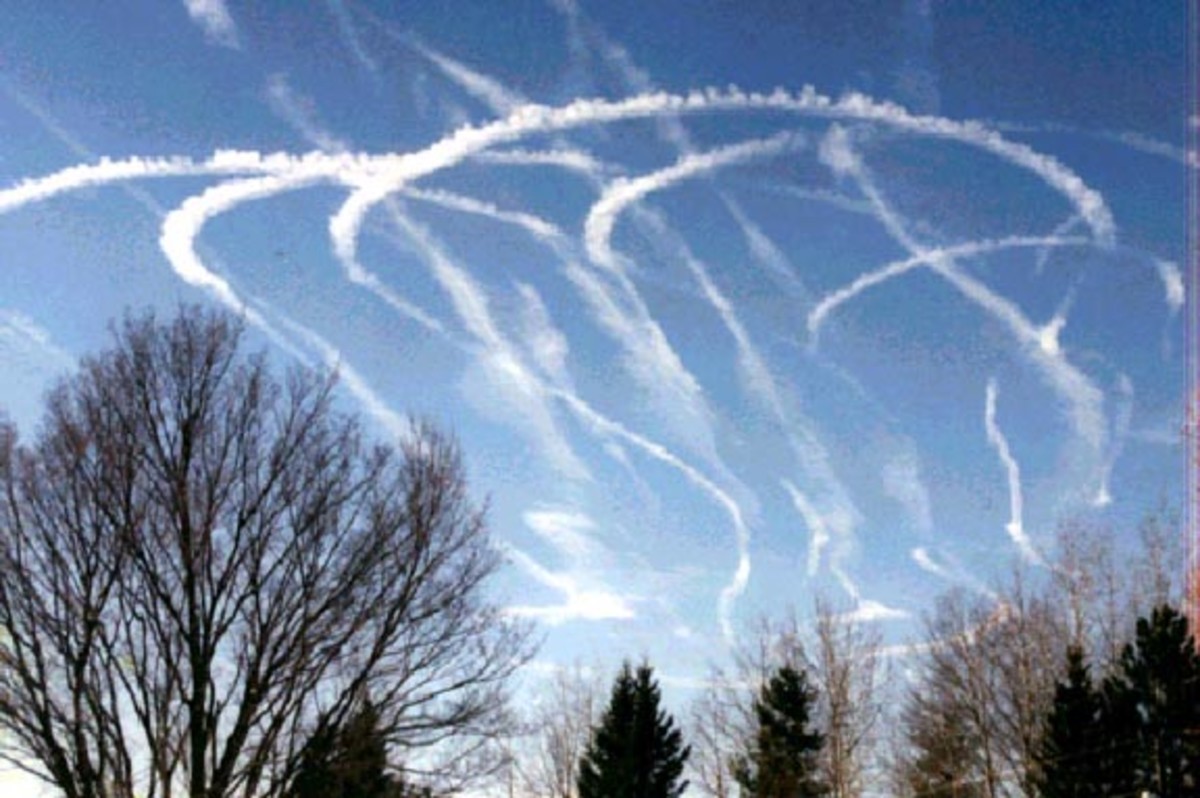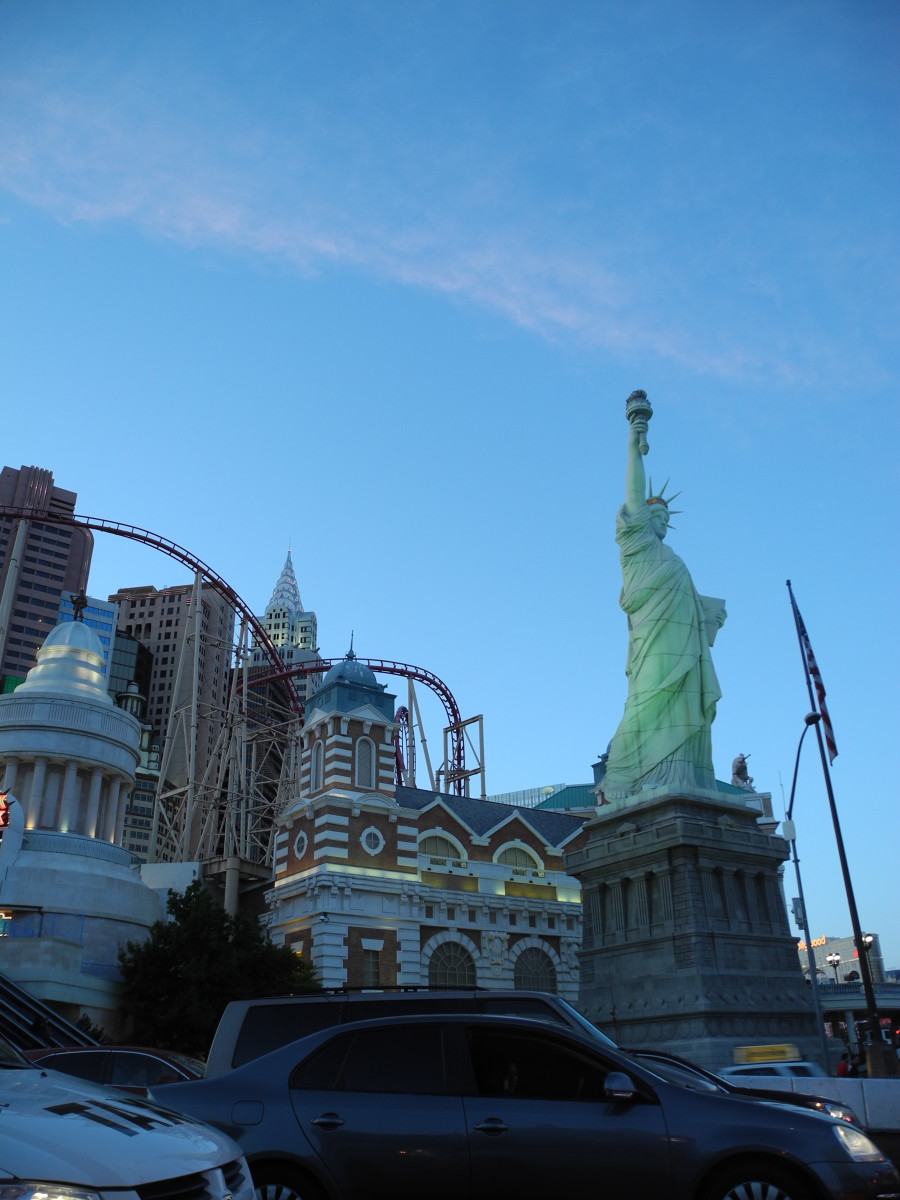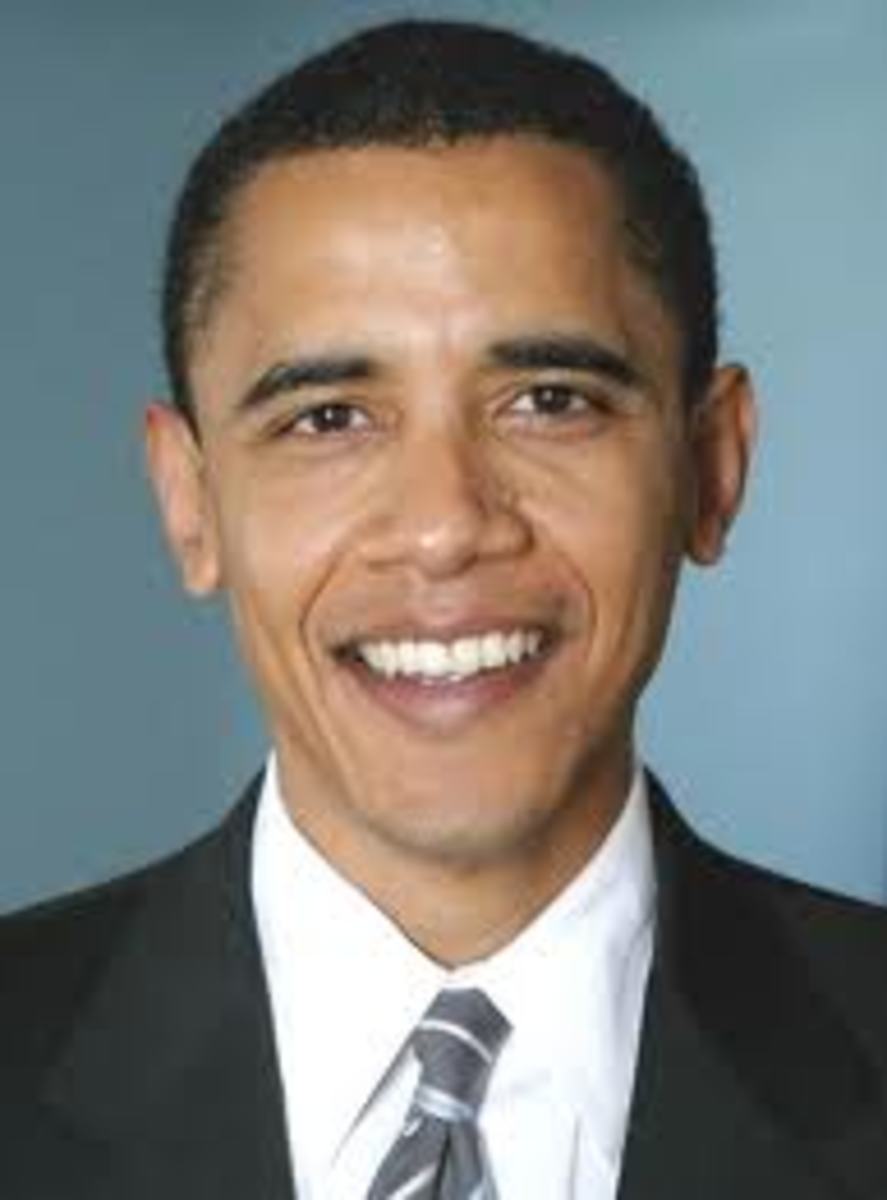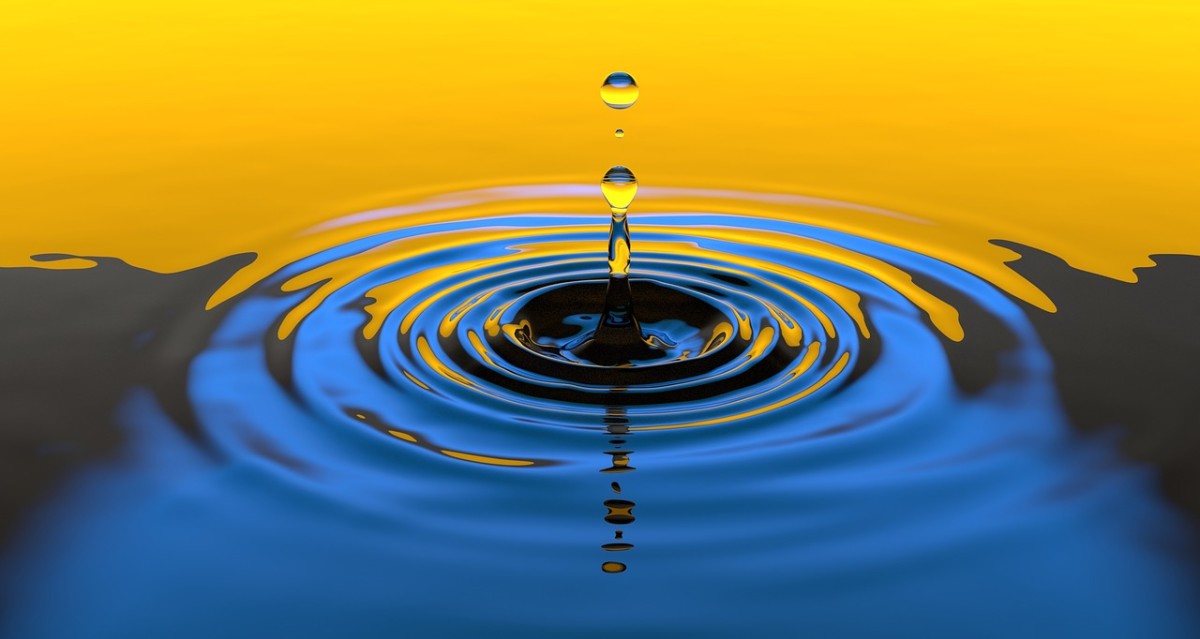Bursting Bubbles: Chemtrails
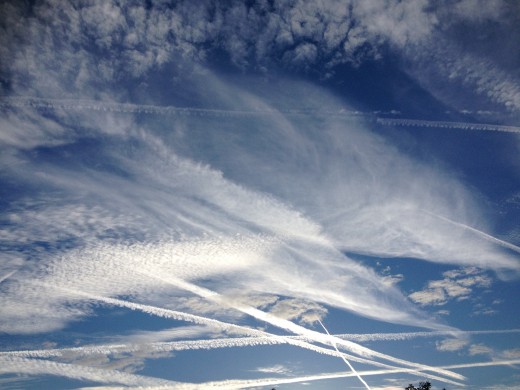
You look up. The sky is spotless blue, except for a few long, thin white streaks slicing across the heavens — trails left by planes. To most people, these are nothing more than jet contrails. But to a dedicated slice of the internet (and some people in your aunt’s Facebook group), they’re something far more sinister: chemtrails.
According to the theory, those trails aren’t just condensed water vapor, but evidence of secret government spraying programs. Allegedly, they’re filled with mysterious chemicals — for weather control, population control, mind control, even climate experiments or, depending on the flavor of the theory, slow-motion poisoning of the masses. The specifics vary, but the unease is the same: we are being sprayed from above.
But here’s the truth: there is no evidence chemtrails exist. None. Zero. The white streaks in the sky? They’re simply contrails, or condensation trails — ice crystals that form when hot engine exhaust hits cold, moist air at high altitudes. That’s it. The science is simple, well-understood, and has been around since at least the 1940s.
So how did the sky become a canvas for one of the internet’s most persistent modern myths?
What Are Chemtrails Supposed to Be?
The core belief of the chemtrail theory is that governments (usually the US, but sometimes "global elites") are covertly spraying chemicals from high-flying planes. The motives depend on who you ask:
- Geoengineering to reflect sunlight and stop global warming.
- Sterilization or mind control of populations.
- Weather warfare.
- Or just “something evil” with vague intentions.
Believers often point to the persistence of certain trails — “Why do some fade quickly and others linger for hours?” — or they post close-up photos of odd-looking nozzles or tanks on aircraft (usually commercial jets or firefighting planes taken out of context).
There’s even a whole DIY “citizen science” movement: people collect rainwater samples and send them for metal testing, then interpret any traces of aluminum or barium as proof — ignoring that those metals are naturally present in soil and dust.
It’s not just internet eccentrics, either. In 2016, a YouGov poll in the U.S. showed that about 10% of Americans fully believed in chemtrails, and another 20–30% said they weren’t sure.
What Are Contrails, Really?
Contrails form the same way you see your breath on a cold day: when hot, moist air (like airplane exhaust) meets the cold, dry air at high altitudes, water vapor condenses into tiny ice crystals. Depending on altitude, humidity, and temperature, those trails might vanish in seconds or linger for hours.
There’s nothing secret or suspicious about them — we even have contrail forecasting models, because persistent contrails can contribute to cloud cover and (slightly) affect climate.
Commercial and military planes have been leaving contrails since World War II. Pilots, meteorologists, and aviation nerds have tracked them for decades — long before anyone thought to call them “chemtrails.”
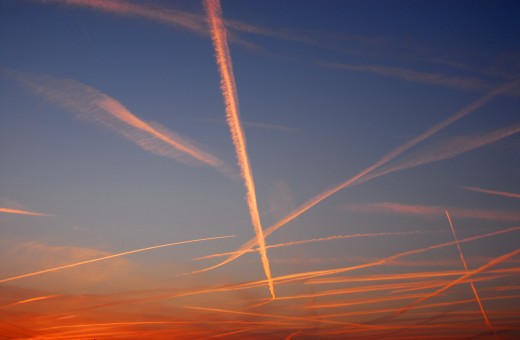
Why Do People Believe in Chemtrails?
Let’s be real: chemtrail believers aren’t stupid. They’re curious, distrustful, and often deeply concerned about environmental or political issues — sometimes with good reason.
Governments have lied. There have been secret experiments, like MK-Ultra or radiation tests on civilians during the Cold War. People aren’t crazy for asking questions.
But the difference is evidence.
Once we’re presented with solid, overwhelming information, we have a choice: adjust our beliefs, or double down. And here’s where it gets tricky. Believing in chemtrails can feel empowering — like you’re one of the few who really sees what’s going on. It creates identity and community, especially in a world full of uncertainty and alienation.
Also: the sky is huge. Contrails are weird. And most of us don’t know the finer points of atmospheric physics. So it’s easy to misinterpret what we see, especially when someone says, “Hey, have you ever noticed how they only spray over cities?”
Let’s not pretend we’re immune. Every human has believed something wrong. Whether it was Santa Claus, “you only use 10% of your brain,” or that MSG causes headaches — we’ve all been there. What matters is being willing to change our minds when better information comes along.
The Real Danger
Is believing in chemtrails just quirky? Maybe. But it has teeth.
In 2014, a man in Georgia attacked a school with a gun after writing a manifesto about chemtrails. People have harassed meteorologists and pilots. And increasingly, chemtrail fears get folded into broader conspiracy belief systems — anti-vax, anti-climate science, anti-democracy. It stops being a debate about clouds and becomes one about trust, truth, and tribalism.
Worse, it wastes attention and energy. Climate change is real. Air pollution is real. Geoengineering is actually being studied in the open, with serious debate about ethics and risks. But the more we chase phantom planes in the sky, the more we ignore the genuine problems on the ground.
Burst the Bubble, Keep the Curiosity
The chemtrail myth is persistent, but it’s not unique. It joins a long tradition of people trying to make sense of the visible world — and sometimes getting it very, very wrong.
So next time someone tells you the government is spraying chemicals in the sky, don’t roll your eyes. Ask them why they believe that. Talk about ice crystals and jet engines. Invite them to check out some scientific sources. And remind them: “It’s okay to be wrong. We all once believed in Santa.”
But contrails? They're not coming to get you. They’re just the sky, doing its thing.

